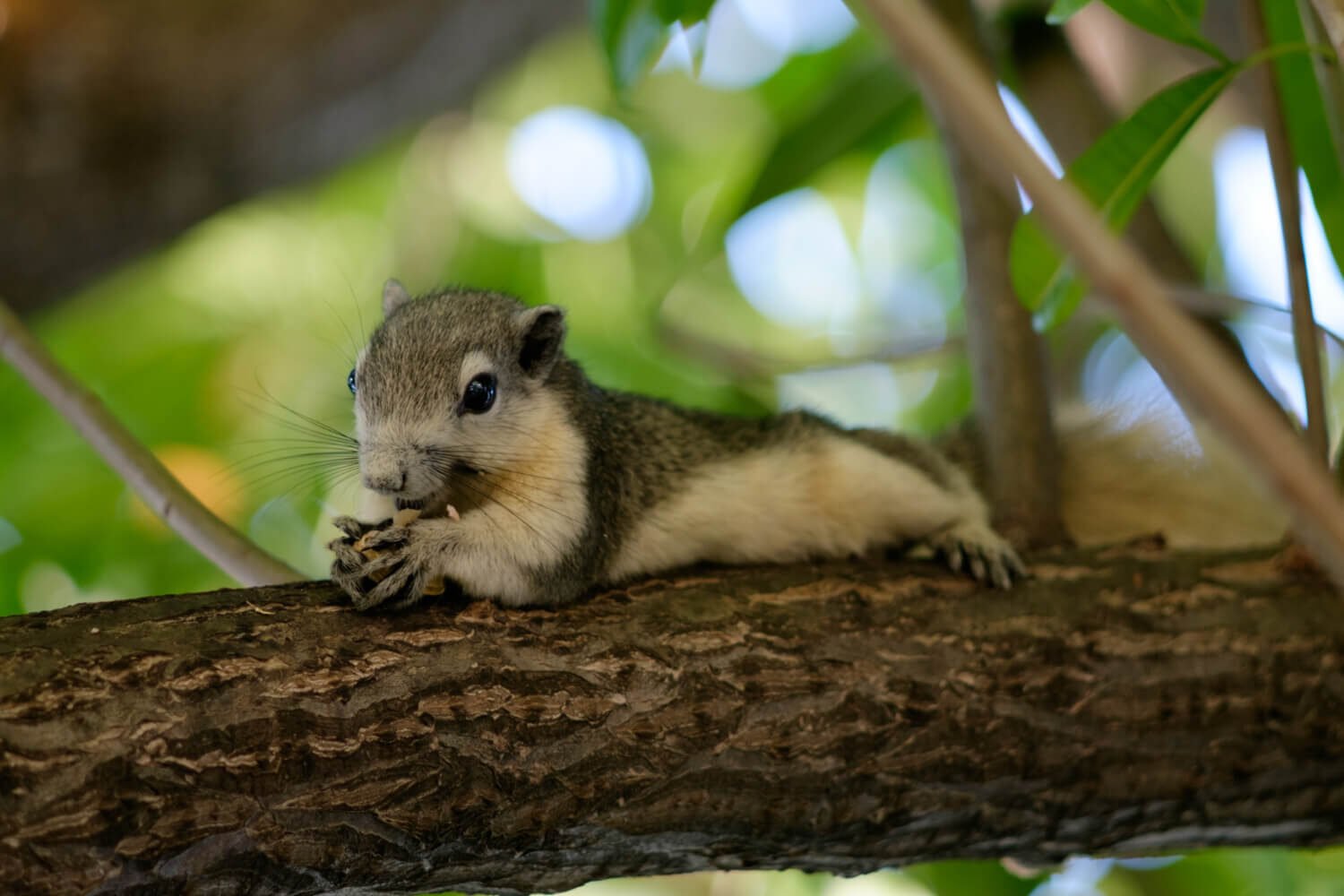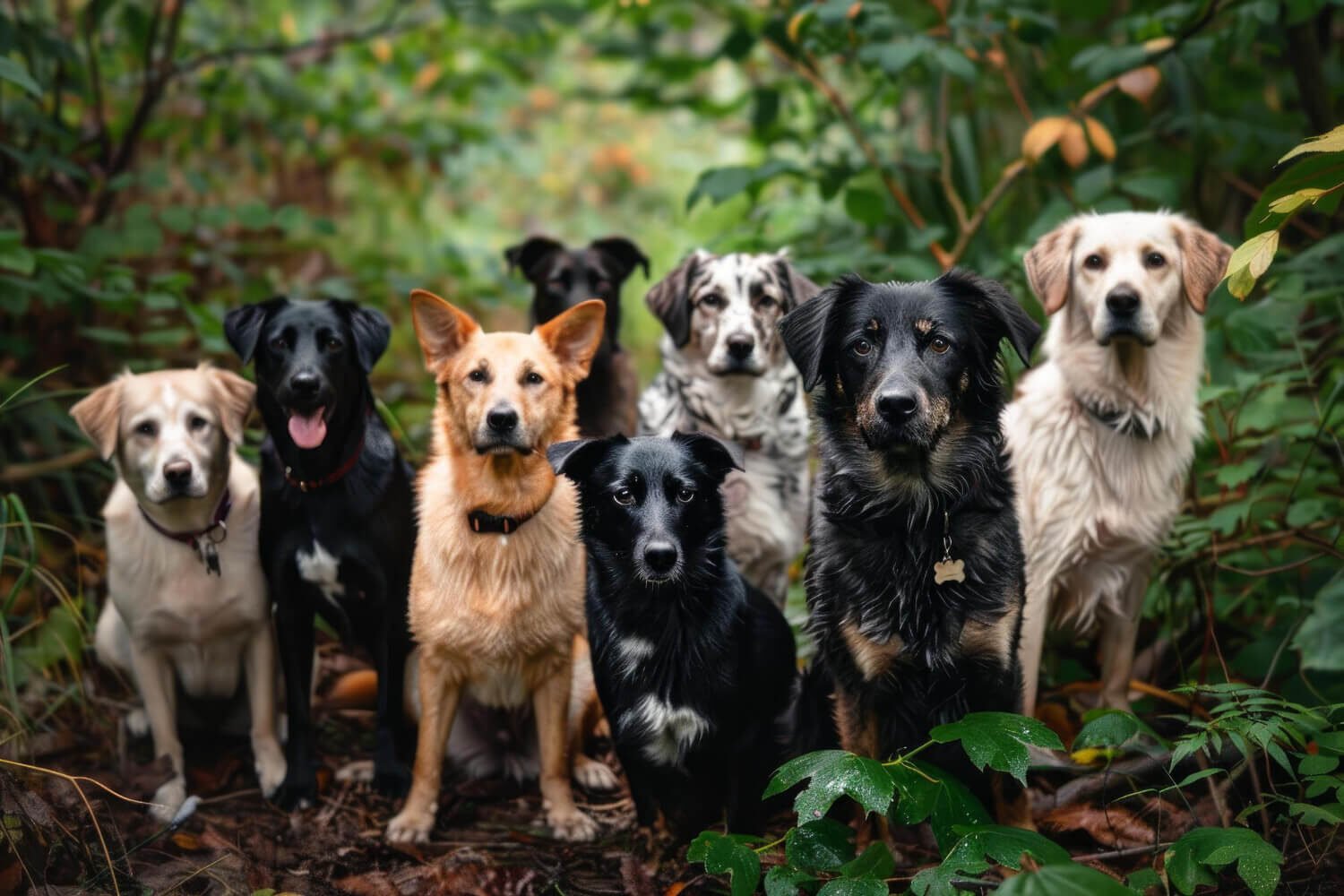Top 10 Advantages of Having a Pet: A Detailed Look
Bringing a pet into your house is a rewarding experience that may change your life in many ways; it’s more than just acquiring a furry buddy. Pets provide a special combination of happiness and assistance that can improve your general well-being, from companionship to health advantages.
The top ten benefits of owning a pet will be discussed in this article, emphasizing the beneficial emotional and physical effects that these adorable friends may have on your life. These observations will encourage you to value the various blessings that pets provide, regardless of whether you are an experienced pet owner or are thinking about bringing a new family member.
Top 10 Advantages of Having a Pet
Your life may be greatly improved by owning a pet in a number of ways, offering not just company but also many psychological and physical advantages. Pets may provide happiness and comfort to our everyday routines, whether they are a lively puppy, an inquisitive cat, or a peaceful fish.
The top ten benefits of owning a pet are as follows:
1. Friendship:
Unwavering devotion and affection are provided by pets, who also give a special kind of company that can lessen feelings of loneliness. They are perfect buddies for people of all ages because of the sense of belonging they foster. Your relationship can result in emotional fulfilment and improve your quality of life in general.
2. Decreased Anxiety and Stress:
It has been demonstrated that pet interaction dramatically reduces stress levels. Oxytocin, the “feel-good” hormone, is released when you pet a dog or cat, which helps you relax and feel less anxious. You may relax after a hard day by creating a more tranquil atmosphere at home with this calming impact.
3. Exercise:
Having a pet, especially a dog, promotes an active way of living. Frequent outside activities, plays, and walks are good for your pet and for your own physical health. Better weight control and cardiovascular health may result from this increased exercise.
4. Social Engagement:
Your pet can help you connect with people by acting as a social facilitator. Walking your dog frequently sparks discussions with other pet owners, which promotes a feeling of community. Through this social engagement, you may build enduring connections with like-minded people and improve your social abilities.
5. Instill a sense of responsibility:
Especially for kids, taking care of a pet fosters a feeling of responsibility and teaches vital life skills. Children learn the value of caring for another living being and participating in family life via tasks like feeding, brushing, and walking a pet. These activities also foster empathy and accountability.
6. Better Mental Health:
Research has shown that having a pet helps reduce anxiety and depressive symptoms. While a pet’s unconditional affection gives emotional support, the routine of pet care offers structure and purpose. This friendship may result in a more optimistic view of life.
7. Increased Joy and Mood:
Pets may bring happiness and laughter into your house and are natural mood enhancers. Their charming shenanigans and loving demeanour may make your day and help you feel better overall. Your everyday experiences and relationships may improve as a result of this happiness.
8. Safety and Security:
Some pets, particularly dogs, provide your house a sense of security. You might feel more at ease knowing that they are protecting you and discouraging invaders. You may feel safer in your surroundings and more at ease at home with this extra layer of protection.
9. Love without Conditions:
The unconditional affection that pets offer is one of the most treasured parts of pet ownership. Instead of passing judgment or harboring resentment, they embrace you for who you are. Your life may be greatly enhanced by this sincere love, which can promote emotional health and a sense of belonging.
10. Opportunities for Learning:
Having a pet may be a great educational opportunity. It teaches compassion, patience, and the intricacies of grief and life. For kids, this educational component can be especially helpful in fostering emotional intelligence and a sense of social duty.
How to Take Care of Your Pet?
Providing food and shelter is only one aspect of the rewarding duty that comes with pet ownership. It entails being aware of their particular requirements and making sure they are healthy, mentally engaged, and emotionally supported. You can provide your pet a happy and healthy environment by making a commitment to providing them with the attention they need.
Here are some vital pointers for caring for your pet:
1. Balanced Nutrition:
Give your pet a premium food that is appropriate for their size, age, and particular medical requirements. To promote their development and vigor, it’s critical to select food that provides the proper nutrients. For specific nutritional advice, speak with your veterinarian. Steer clear of giving them human food because many everyday products might cause stomach problems or even serious health problems.
2. Frequent Vet Visits:
Arrange for regular checkups with a veterinarian to keep an eye on your pet’s health, immunizations, and dental treatment. Frequent exams assist prevent any health problems and guarantee your pet’s ongoing great health.
3. Daily Exercise:
To keep your pet healthy, active, and mentally engaged, give them daily exercise. Depending on the breed and type, this might entail fun, interactive activities that test their cognitive abilities, or regular walks. Regular exercise improves mood, lowers behavioral disorders connected to pent-up energy, and helps avoid obesity and related health concerns.
4. Training and Socialization:
To improve your relationship with your pet and increase their compliance, it is essential to teach them basic orders and acceptable actions. Start with simple commands like “sit” and “stay” then progress to more complex training. Additionally, your pet may become less nervous, behave better in a range of settings, and grow into a more confident, well-mannered buddy if they are exposed to people and other animals.
5. Give Love and Attention:
To strengthen your bond and improve your pet’s emotional health, spend quality time with them. Strong bonds may be created by playing together, giving goodies, and just being there for hugs. Giving pets love and attention is essential for their happiness, stress reduction, and general quality of life since they thrive on affection and positive reinforcement.
How to Get a Pet?
Pet ownership is both a fun experience and a significant responsibility. Make sure you’re ready to handle the responsibility that comes with caring for a live being, and think carefully about the kind of pet that would complement your personality. To assist you choose the perfect pet, here are some helpful tips.
1. Investigate many Pet Types:
Spend some time learning about the many pet breeds that are available. Think about the type of animal that best suits your tastes, living situation, and way of life. Examine different kinds and species and discover their particular requirements. Whether a bouncy dog, a cute kitten, an inquisitive hamster, or even a fish tank appeals to you, knowing what each kind requires is key to making the right choice.
2. Analyse Your Lifestyle:
Before getting a pet, consider your daily schedule. Think about your travel patterns, job schedule, and amount of time spent at home. Dogs, for example, require more time and care than other pets. Selecting a pet that you can live with easily and that won’t stress you out is crucial.
3. Consider Adoption:
Take a look at adopting a pet from nearby rescue groups or shelters. In addition to giving a homeless animal a second shot at life, adoption frequently comes with benefits like spaying/neutering and immunizations. Adoption is a fulfilling alternative because many shelters offer a diverse range of animals simply waiting for a loving home
4. Budget for Expenses:
Ensure that you have enough money to cover the expenses associated with owning a pet. This covers everything, from supplies and veterinary care to feeding and grooming. You can better handle these recurring costs and make sure you can meet your pet’s demands throughout their life with a well-defined budget.
5. Prepare Your Home:
Make sure your house is a secure and friendly place for your new pet before bringing them home. Pet-proofing your home may entail eliminating potential risks, creating a comfortable sleeping and feeding area, and assembling all required supplies, including food, bedding, toys, and litter (if appropriate). A cozy environment will facilitate your new pet’s adjustment.
6. Make a Training and Socialization Plan:
After choosing a pet, consider your training and socialization strategies. To teach them fundamental instructions, look into efficient training techniques or think about signing up for obedience lessons. For your pet’s self-esteem and general wellbeing, socialization—exposing them to various settings, humans, and other animals—is essential.
FAQs About Advantages of Having a Pet
You may be wondering what it truly means to have a furry buddy in your life as you weigh the advantages of pet ownership. The benefits of having a pet in your house might be better understood by looking at these commonly asked questions.
Q1. Can pets help in managing stress?
It is commonly recognized that having a pet may greatly improve mental health by offering companionship and emotional support. Their playfulness and unwavering affection help lessen depressive, anxious, and lonely sensations. Just spending time with a pet may improve your mood and induce a sense of peace, which can reduce stress and increase happiness in general.
Q2. What are the benefits of having a pet for children?
Of course! Regular exercise is necessary for pets, particularly dogs, which in turn motivates their owners to engage in greater physical activity. In addition to improving your pet’s health, regular walks, playing, and outside excursions encourage you to lead an active lifestyle. You and your pet may become fit and have better general health as a result of this increased physical exercise.
Q3. How do pets help create daily routines?
For kids in particular, having a pet may be a wonderful way to teach responsibility. Taking care of an animal include feeding, brushing, and making sure they are healthy, all of which promote responsibility. Through this experience, kids may develop critical life qualities like dedication, patience, and empathy, which will make them more mature adults.
Q4. Can having a pet improve mental health?
Often serving as social catalysts, pets help their owners build relationships with others. When you chat to neighbors about your pet or meet other dog owners at the park, animals may spark conversations and help you get to know them better. This social element can improve your social life, leading to new connections and a sense of belonging.
Q5. How do pets contribute to physical health?
According to research, having a pet can really improve your health in a number of ways. Research has shown that pets lower blood pressure, cholesterol, and stress and anxiety. Oxytocin and other feel-good chemicals are released when an animal is caressed, and this enhances heart health and overall wellness.
Conclusion
Getting a pet might be one of the finest decisions you’ll ever make. Your everyday routine might be changed and your mood even lifted by the happiness and company they provide. In addition to bringing us joy, dogs inspire us to lead healthier, more active lives. They educate us about responsibility, empathy, and the glories of unconditional love by creating solid relationships that enhance our lives.
The benefits of owning a pet much exceed the challenges that come with it. You may provide a nurturing environment that is advantageous to both you and your pet by being aware of their needs and implementing them into your daily schedule. Whether you choose to adopt from a shelter or bring a new puppy into your house or purchasing a puppy from a breeder, it is crucial to be prepared and dedicated.
Ultimately, the bond you have with your pet may result in a more contented and joyful existence that is full of laughter. As you consider getting a pet, keep in mind that each time you spend with your animal companion brings something unique to your life, making it a bit happier and happier for you both.








